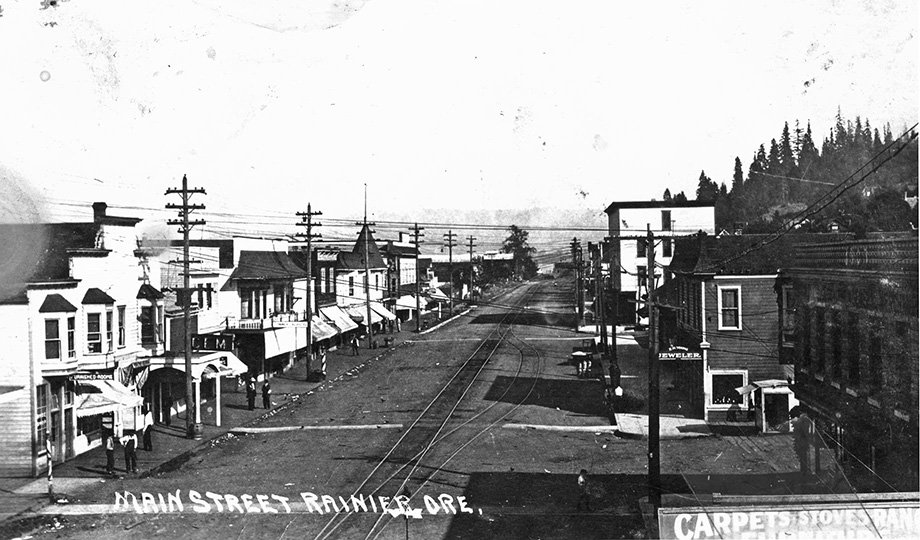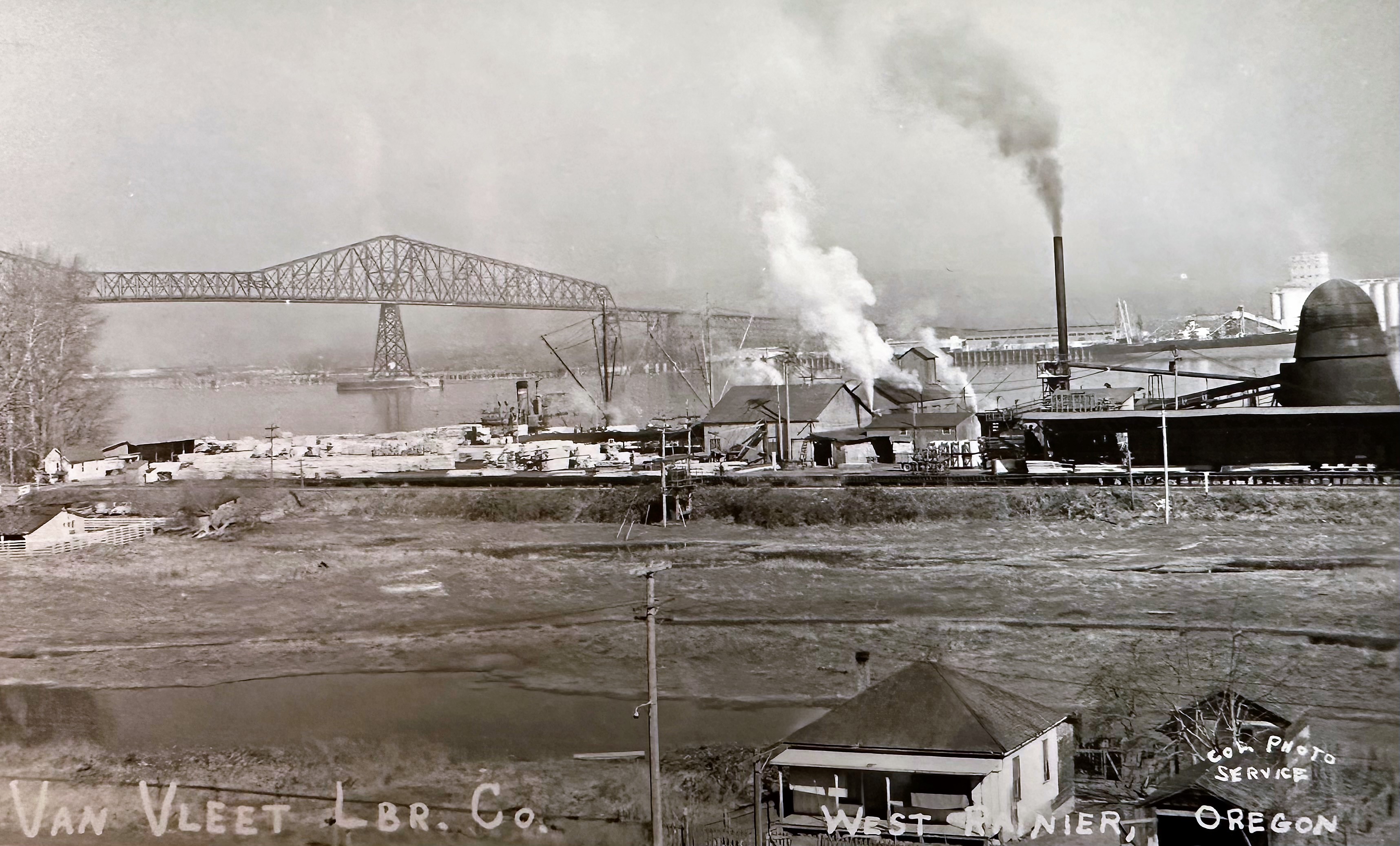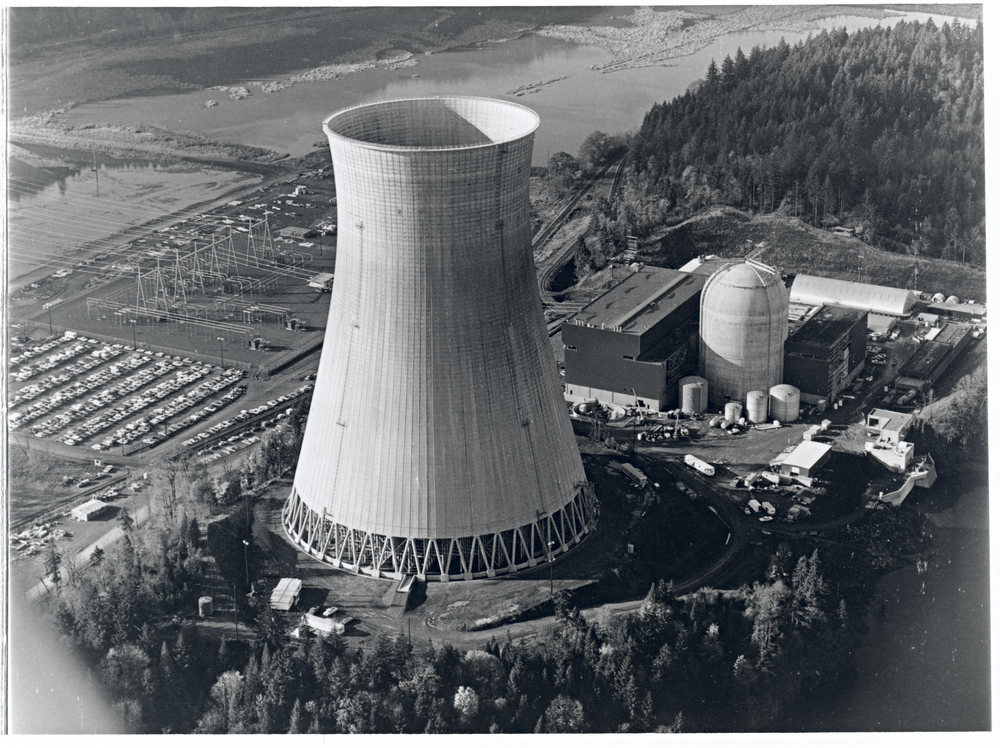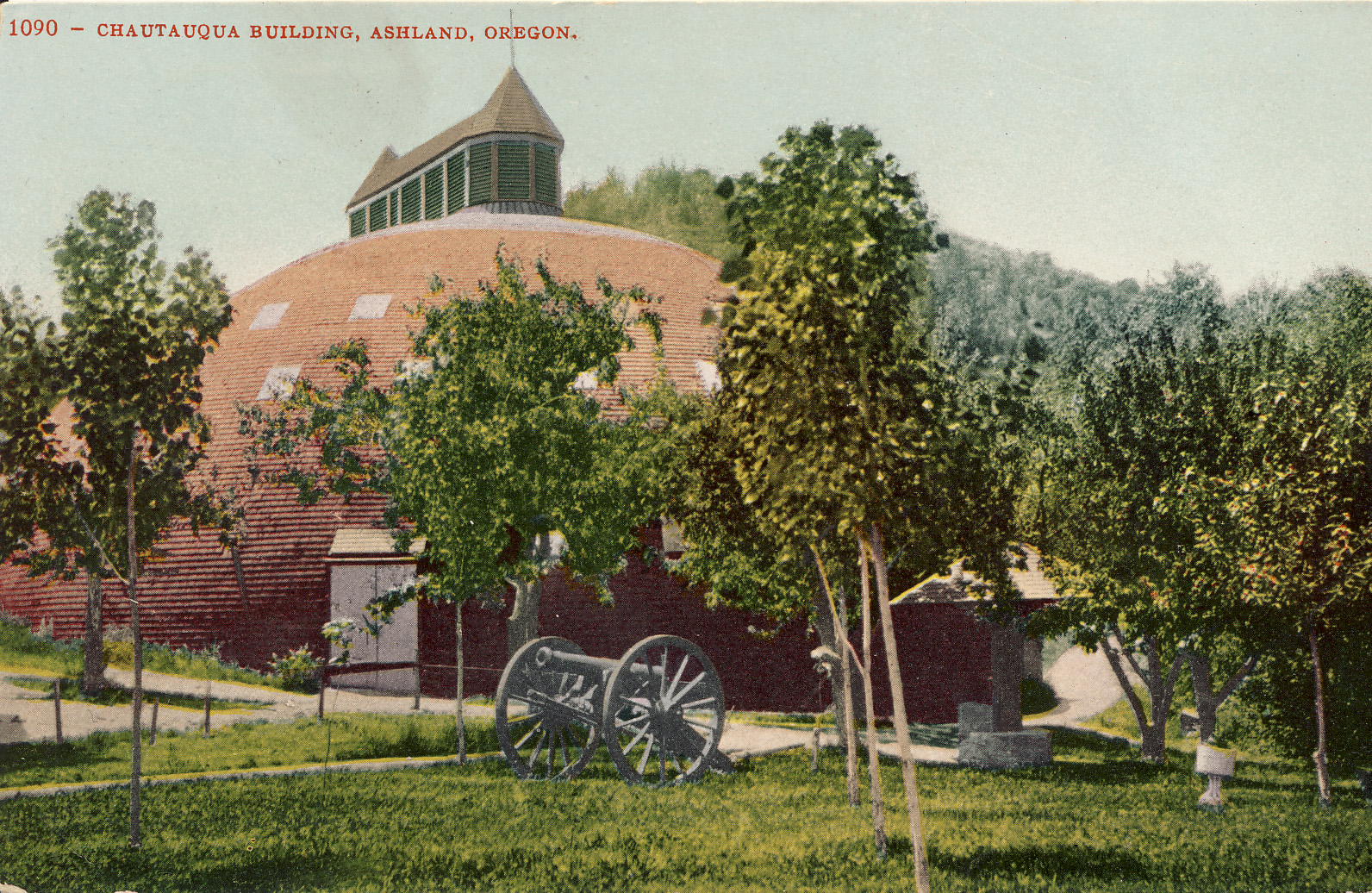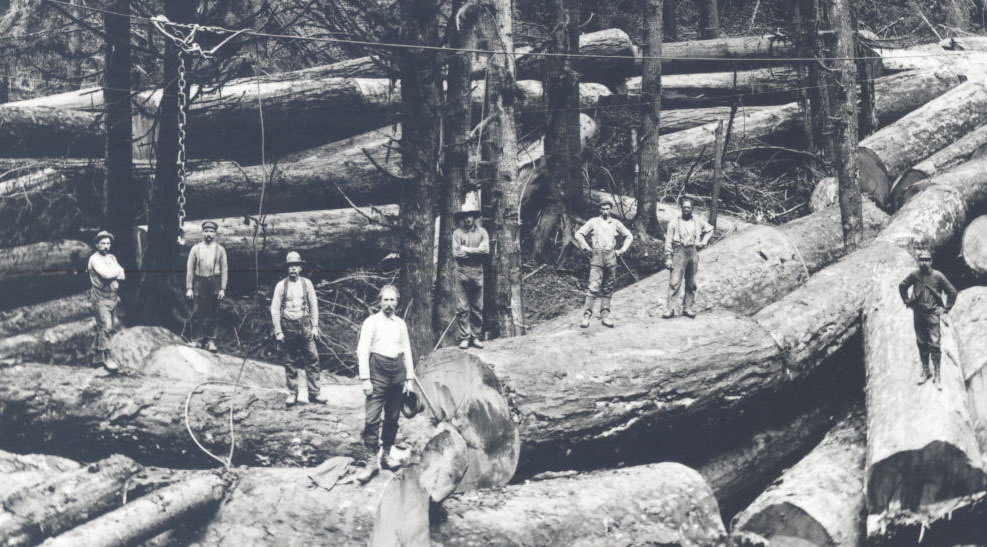On a clear day, residents of Rainer, Oregon, have a view of the town's eponym a hundred miles to the northeast in Washington State—Mount Rainier, a live volcano in the Cascade Range. The town, with a population of just over 2,000 people in 2020, is on the south bank of the Columbia River about fifty miles from Portland to the south and Astoria to the west. In 1851, New Yorker Charles E. Fox settled on the future townsite, which he named Eminence. The name was changed to Rainier on January 6, 1852, in honor of the mountain, and incorporated in 1885.
The Kathlamet band of the Chinook lived on the Columbia River in the Rainier area when the earliest documented whites arrived at the end of the eighteenth century. In 1851, the tribe signed the Tansey (Tansy) Point Treaties with the U.S. government that ceded land both north and south of the river. Congress did not ratify that treaty, but subsequent treaties stipulated the removal of Native people to reservations and claimed their homelands. Today, some of their descendants are members of the Chinook Nation, dedicated to keeping alive the culture and customs of five Chinookan-speaking tribes near the mouth of the Columbia.
In 1863, Dean Blanchard, a native of Maine, settled in Rainier, where he constructed a sawmill and built the town's first merchandise store, which for decades served as a social center, church, schoolhouse, meeting place, and lodge room. Known for his benevolence, Blanchard provided food and shelter to anyone in need, neighbor and stranger alike. In 1915, the local St. Helens Mist named him the Father of Rainier and listed his achievements, which included being the city’s postmaster from 1863 to 1892, holding a position of mayoral authority from 1885 to 1889, and in succession serving as Columbia County auditor, clerk, and judge. He was Rainier’s most widely recognized citizen until his death in 1918 at age eighty-five.
In April 1898, Astoria & Columbia River Railroad crews finished laying tracks along the river from Astoria to Goble, where they connected with the Northern Pacific Railroad from Portland. The A&CR had signed a ninety-nine-year lease to use the NP line, which connected Astoria to Portland. The railroad ran through downtown Rainier within 500 feet of the wharves along the river, giving shippers a choice of transporting their goods by ship or rail.
Rainier had several businesses by 1908, including a creamery, a door-and-sash company, a hotel, two department stores, a foundry, and a fish cannery. Sawmills were the dominant employer, but successful efforts were being made in agriculture, including dairying and horticulture. In 1910, the city’s population was 1,859. The stretch of the Columbia River Highway from Portland to Astoria passed through Rainier and opened in 1915. The city hall built in 1921 now also houses the police department and the library. The highway (U.S. 30) divides the waterfront business district from the residential neighborhoods in the hills overlooking the city.
In 1915, a group of Rainier citizens contracted to help host the city's first Chautauqua, popular social and education gatherings where people could hear sermons, lectures, and musical performances. Of Rainier's seven annual Chautauquas, the one in 1919 garnered the most attention with a lecture by William Jennings Bryan, a nationally recognized orator and populist political leader. But the gatherings were too much of an expense for the small town, and Rainier's last Chautauqua was in 1921.
On March 29, 1930, the privately constructed and owned Longview Bridge across the Columbia River opened between Rainier and Longview, Washington. The bridge is 210 feet high and 5,478 feet long, with connecting ramps adding nearly another 3,000 feet. At the time, it was the longest cantilever bridge in America. It began as a toll bridge and remained so after the State of Washington bought it in 1947 and until the debt was paid off in 1965. In 1980, it was renamed the Lewis and Clark Bridge.
In 1968, construction began on the Trojan Nuclear Power Plant, six miles south of Rainier along the Columbia River. The plant began producing electricity in 1976. Portland General Electric shut Trojan down in 1992 due to concerns about safety and pressure from anti-nuclear groups. About 450 of Trojan's estimated workforce of 1,300 lived in Columbia County, including about 200 who lived in or near Rainier. Trojan’s closure coincided with a drop in the timber industry, exacerbating an economic decline in the city.
In 1993, the city council created the Rainier Economic Development Council, which helped complete more than fifty projects, including Riverfront Park, little league fields, and a senior center. In 2000, the agency persuaded U.S. Gypsum, a 150-employee wallboard plant, to locate in Rainier. In 2023, City Administrator W. Scott Jorgensen reported that the Rainier city council was reviewing provisions in the city’s urban growth boundary that would enable an expansion of land for residential development.
-
![]()
Main Street, Rainer, Oregon, 1915.
Courtesy OSU Special Collections & Archives -
![]()
Illustration of Rainier, Oregon, in The West Shore, 1889.
Courtesy Rainier Oregon Historical Museum -
![]()
The Van Fleet Lumber Company, Rainier, Oregon, c.1950.
Courtesy Rainier Oregon Historical Museum, Mike Clark Coll. -
![]()
SP&S passenger train in Rainier, Oregon, 1951.
Oregon Historical Soc. Research Lib., OrgLot78_B3F5_014 -
![]()
Mount Rainier, 1919.
Oregon Historical Soc. Research Lib., OrgLot369_FinleyD0444 -
![]()
Rainer, Oregon, c. 1950.
Oregon Historical Soc. Research Lib., OrgLot1275_B1_Christian_11-100 -
![]()
Trojan Nuclear Plant in 1973..
Oreg. Hist. Soc. Research Lib., ba020030
Related Entries
-
![Astoria and Columbia River Railroad]()
Astoria and Columbia River Railroad
Ever since Astoria was founded at the mouth of the Columbia River in 18…
-
![Chautauqua in Oregon]()
Chautauqua in Oregon
An 1874 summer camp to train Methodist Sunday school teachers seems an …
-
Columbia River Highway
The Columbia River Highway, now known as the Historic Columbia River Hi…
-
![Portland Basin Chinookan Villages in the early 1800s]()
Portland Basin Chinookan Villages in the early 1800s
During the early nineteenth century, upwards of thirty Native American …
-
![Timber Industry]()
Timber Industry
Since the 1880s, long before the mythical Paul Bunyan roamed the Northw…
-
![Trojan Nuclear Power Plant]()
Trojan Nuclear Power Plant
The Trojan Nuclear Power Plant, located in Columbia County about twelve…
Related Historical Records
Map This on the Oregon History WayFinder
The Oregon History Wayfinder is an interactive map that identifies significant places, people, and events in Oregon history.
Further Reading
McArthur, Lewis A. "Earliest Oregon Postoffices." Oregon Historical Quarterly 41.1 (March 1940): 53-71.
"Historical Timeline." City of Rainier.
Gaston, Joseph, and George Himes. The Centennial History of Oregon, 1811-1912. Vol. 4. Portland, Ore.: S.J. Clarke Publishing, 1912.
"Rainer." St. Helens Oregon Mist, September 15, 1916.
Boas, Franz. Kathlamet Texts. Washington, D.C.: Government Printing Office, 1901.
Chinook Indian Nation, website.
"Local Notes" (railroad in Rainier). St. Helens Oregon Mist, January 28, 1898.
Grande, Walter R. The Northwest's Own Railway. Vol. 2. Portland, Ore.: Grande Press, 1997.

